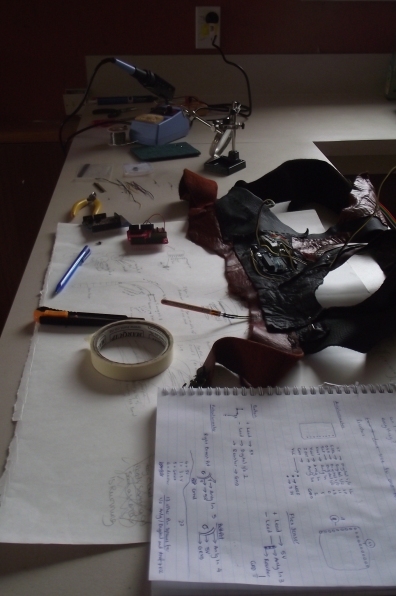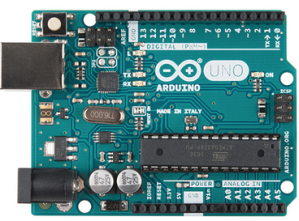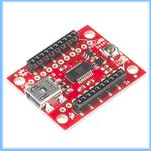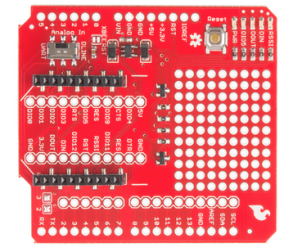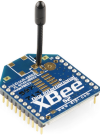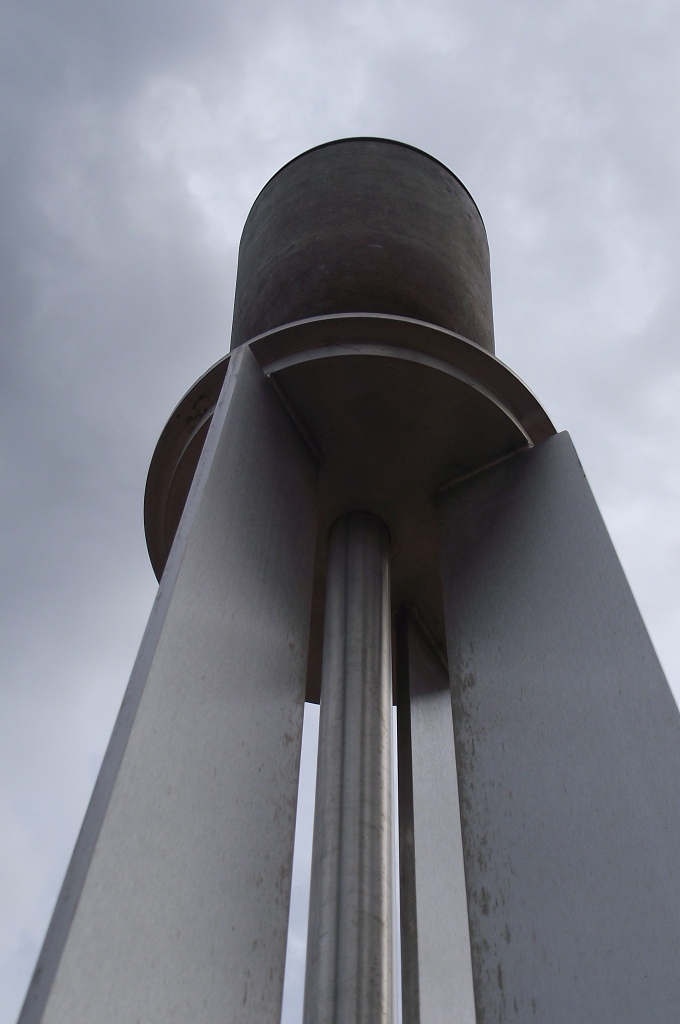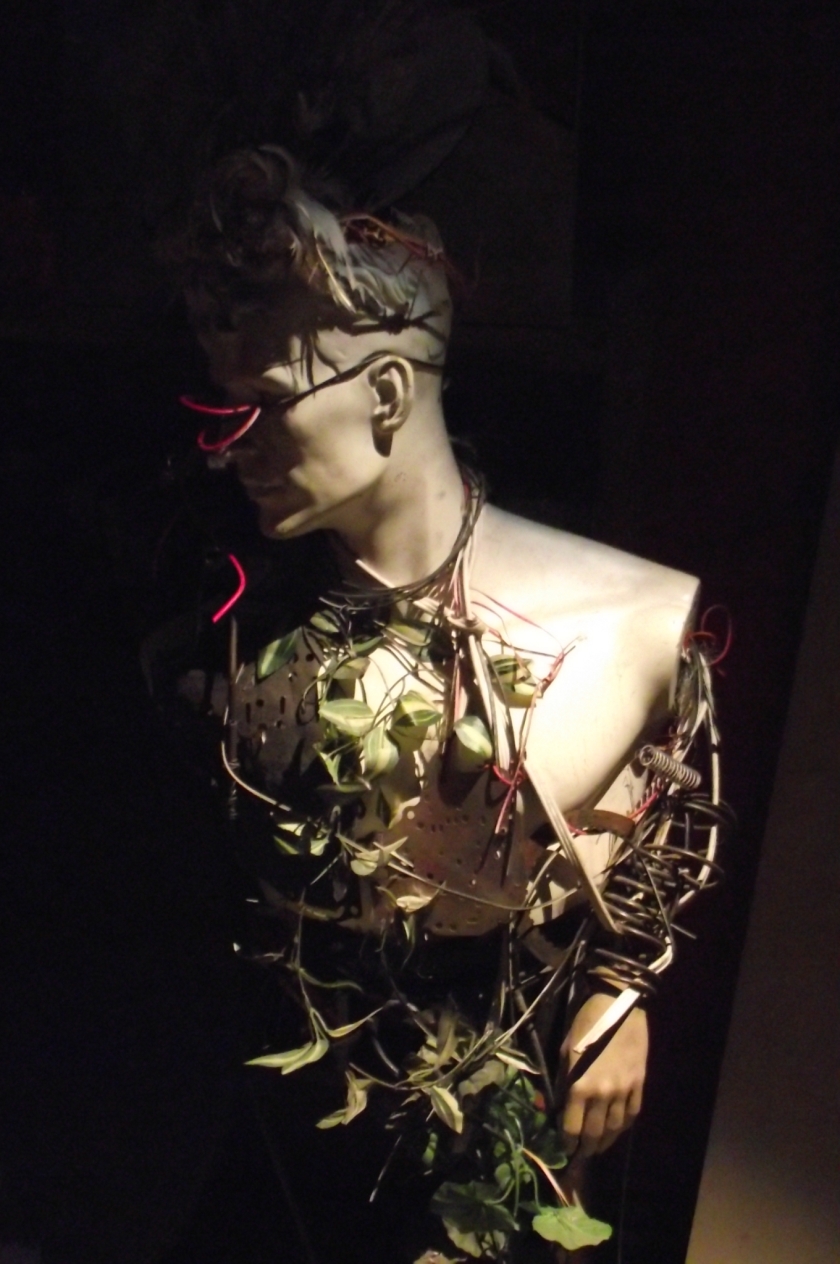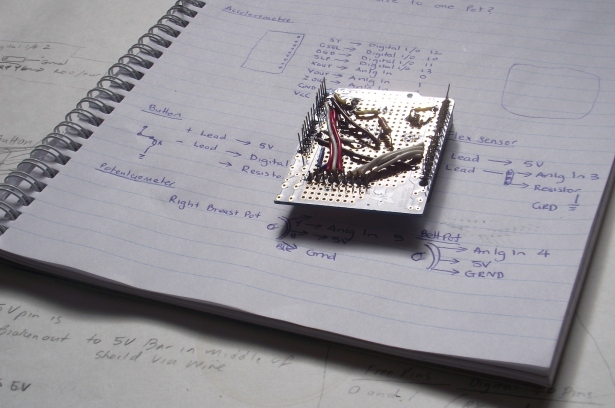
The implementation and design of this interactive wearable technology came through ideas surrounding the observance of a performer reacting to sound and music, this music determined the outcome of their movements and choices of bodily expression.
As awareness grew that this was perceived to be the norm in terms of dance and movement in a performance environment, the inversion of this came into question:
What if the movement and expression of the performer determined the sound or music that was played?
How does this challenge the current performance norms that are culturally ingrained and how does interaction with technology help shape this new perspective?
How does our interconnected relationship to technology impact how we perform or perceive performance?
With these questions in mind, other artists who have been involved in interactive sound and dance performance and technology were researched. There are many interesting and creative individuals developing in this field, some of which include:
StratoFyzika – Thaeta
Berlin based performance collective made up predominantly of three talented audio-visual artists, graphic designers and programmers: Akkamiau, Alessandra Leone and Hen Lovely bird.
They have had a number of performances utilizing interactive technology such as sensors and motion detection systems. Combining this with visual programming to create astounding and evocative dance performances that have major impact.
Klaus Obermaier
Interactive artist and choreographer, klaus Obermaier has been working for more that two decades in interactive installation. Amongst many other forms of artistic interactivity, he creates abstract real-time generated computer graphics and electronic soundscapes which use various techniques, like physics simulations, rigged 3D renderings, feedback loops, live cameras, to react to sounds or gestures.
http://www.exile.at/ko/klaus_bio.html
Giovanni Marco Zaccaria: M:A:D Interaction
An engineer interested in the interactive experiences that can be created in the world of the practical and the artistic. He merges biomedical engineering, interactive media and performance art to create pieces that leave interpretation of meaning to the individual or social perception.
http://madinteraction.com/about/
Ryoji Ikeda
An electronic composer creating audio-visual light performance using mathematical aesthetics. He has many immersive live performances and installations that bring awe to the world of audio-visual installation art.
http://www.ryojiikeda.com/biography/
This is only a few of the many artists contributing to the audio-visual interactive arts sector, but their works have inspired this piece and also the development of ideas surrounding interactive performance and bodily interaction with technology.
A VEST: a garment that allows the expression of dance to have impact on the performance environment, creating a closer connection of the body to technology and the ability of this technology to shape the performance.

